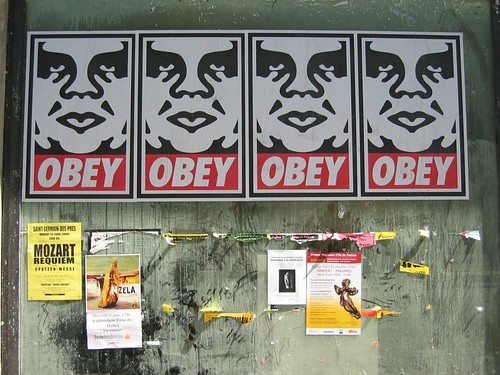Just today I was asked by the media about the effects of social media on the courts. The reason why I was asked for my opinion was the notorious Casey Anthony case. The basics were that Casey Anthony’s two year old child Caylee goes missing but the mother does not report this for 31 days. The rest is stranger than any drama writers creation: the mother is shown to be a incredible liar, dancing and happy, even getting a tattoo with the words “Dolce Vita”. The grandfather is accused of incest, the police boyfriend lies to the police and social media is mined for any and all evidence that can be found.
For the last three years Casey Anthony has been waiting for her trail while the world has been discussing every fact and fiction related to the case. The story begins with the media and then is picked up on various social media channels. The professionals work on building a case and a defence. Social media even figures in the jury selection where Facebook accounts are mined to see if a presumptive jury member is good or bad.
The idea in this situation that you can find an impartial group of people in the middle of a media storm is an anachronism. There were serious questions of whether the jury would be affected by the popular opinions expounded in social and other media. The discussion reached fever pitch during the trial and when the jury left for their deliberations. And when the notification came that the jury were back #caseyanthony was trending on twitter. The verdict was unexpected by the media. Not guilty of all charges but lying to the police. The rage on twitter was incredible. The verdict was that the prosecutor was unable to prove Casey Anthony’s involvement in murder or child abuse.
Even earlier there were comparisons between the O.J. Simpson case but here was a major difference – those who were angry during the Simpson case could only scream at the TV with twitter the screams could be shared, discussed and amplified.
No matter which verdict the jury had presented the question of influence from social media hangs in the air. Even if the jury were not supposed to know anything – is it possible to be unaffected by the media storm?
The next problem is the question of what role social media should play in a court process. In Sweden we still prohibit cameras in the courts – this means that the public can twitter, blog, comment and link to external photographs – but not point a lens. The purpose of this is to protect the integrity of the court process but is this protection pointless considering the prevalence of social media? Should we therefore allow cameras or prohibit social media devices in the courtroom?
A final problem is the appearance of justice. Lord Hewart is the origin of the adage “Not only must Justice be done; it must also be seen to be done.” This poses a problem: the courts are concerned with justice but what happens when the society outside the courthouse demands a verdict that the courts are unable to deliver? What is apparent from reading twitter is that the demands for justice (or blood?) from the virtual mob have hardly been met.
Articles of Interest: Emily M. Janoski-Haehlen The Courts are all a‘Twitter’: The Implications of Social Media Use in the Courts New Media and the Courts: The current status and a look at the future A report of the New Media Committee of the Conference of Court Public Information Officers Michael Bromby The Temptation to Tweet – Jurors’ Activities Outside the Trial
Interesting articles:
Emily M. Janoski-Haehlen The Courts are all a‘Twitter’: The Implications of Social Media Use in the Courts
Michael Bromby The Temptation to Tweet – Jurors’ Activities Outside the Trial


